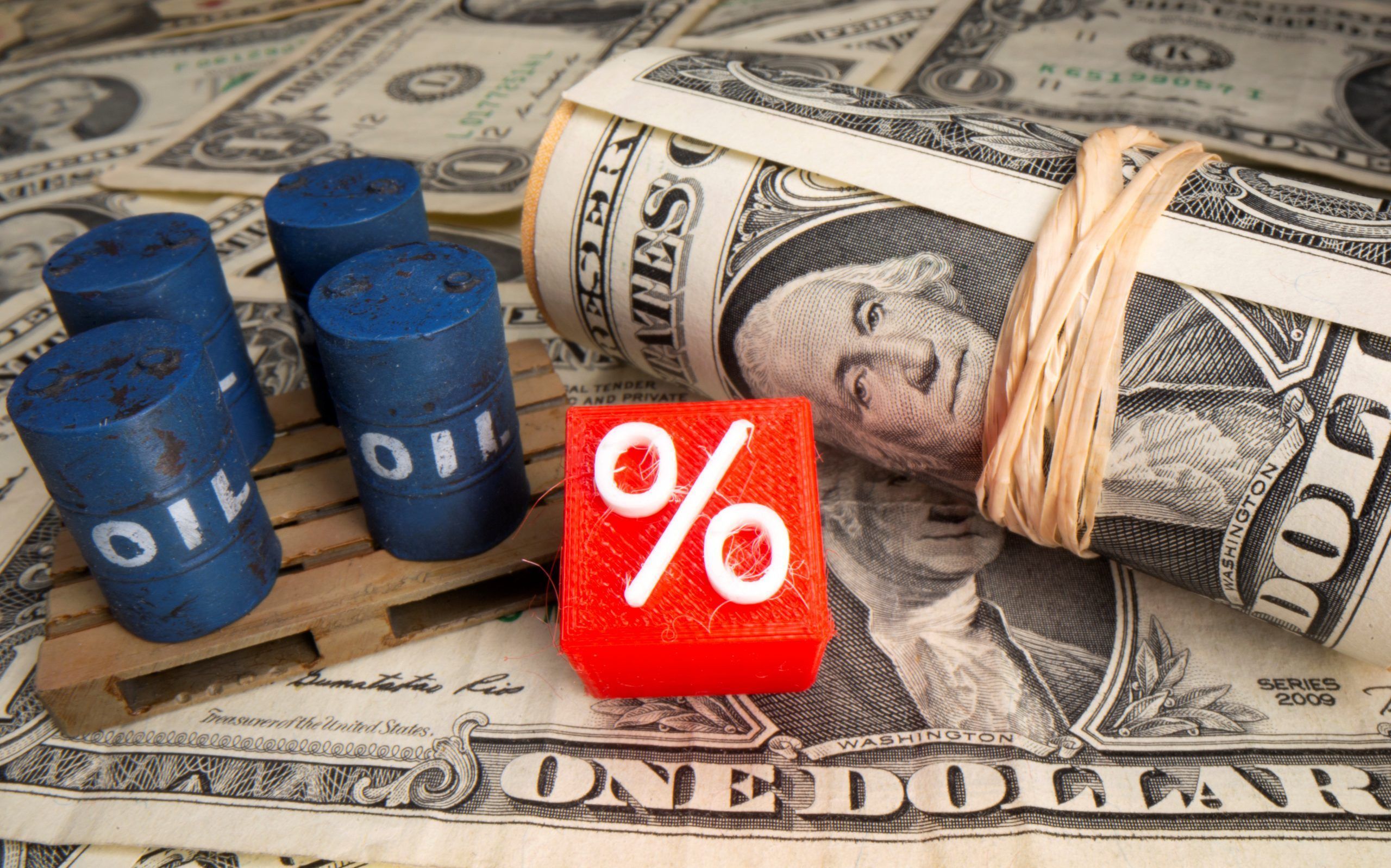By John Kemp
LONDON, July 14 – Slower growth in petroleum consumption has intensified competition among the major oil producers and contributed to periodic volume wars and price slumps as they have fought for market share.
For now, the big three producers, Russia, the United States and Saudi Arabia, have reached a truce to stabilise prices during the COVID-19 pandemic and the deepest slump in oil consumption in the industry’s history.
But the truce is fragile and depends on substantial volumes of output from three other major producers, Venezuela, Iran and Libya, remaining off the market for the foreseeable future.
Civil war and U.S. sanctions have cut the combined output from these three producers by almost 5 million barrels per day compared with their respective peaks in the last two decades.
Price stabilisation, with U.S., Russian and Saudi output near current levels, depends on this production remaining off the market in the medium term.
If Libya’s civil war were resolved, or U.S. sanctions on Venezuela or Iran eased, the market would have to absorb millions of barrels of extra production.
The critical question is whether the U.S. economic embargoes on Venezuela and Iran will be sustained in the next few years, and whether the de facto blockade of Libya’s exports by the civil war will continue.
The U.S. presidential election in November marks a potential turning point in U.S. policy towards all three countries, with significant implications for the oil market.
[aesop_image img=”https://kayhanlife.com/wp-content/uploads/2020/06/2020-06-15T143651Z_57155988_RC2Q9H9R4E70_RTRMADP_3_IRAN-VENEZUELA-GASOLINE.jpg” panorama=”off” credit=”FILE PHOTO: Workers of the state-oil company Pdvsa holding Iranian and Venezuelan flags greet during the arrival of the Iranian tanker ship ‘Fortune’ at El Palito refinery in Puerto Cabello, Venezuela May 25, 2020. REUTERS./” align=”center” lightbox=”on” captionsrc=”custom” captionposition=”center” revealfx=”off” overlay_revealfx=”off”]
SANCTIONS
U.S. sanctions policies and diplomacy have been inextricably linked with the domestic shale revolution; causality runs in both directions.
By reducing reliance on crude imports, boosting global production, and reducing the perceived risk of price spikes, the shale revolution emboldened U.S. policymakers to pursue tougher sanctions on Venezuela and Iran.
In a pre-shale world where production was scarce in relation to consumption, sanctions had a high potential economic cost in terms of price spikes; plentiful shale production has made the economic risks much lower.
At the same time, by removing competing crudes from Iran and Venezuela from the market, U.S. sanctions policies created space for shale to grow while limiting the impact on other producers.
Without sanctions, the shale revolution would likely have peaked much earlier. Without shale, U.S. policymakers would likely have been more cautious about cutting oil exports from Venezuela, Iran and to some extent Libya.
U.S. sanctions have shaped the oil market, while the shale revolution has increased the usefulness and effectiveness of sanctions policies. It is not possible to analyse one without the other.
ELECTION
Most opinion polls put the presumptive Democratic nominee Joe Biden ahead of the incumbent Republican Donald Trump.
With more than three months before the election, attempting to predict the outcome is futile, but there appears to be at least a 50% probability the White House will change hands in January 2021.
In many foreign policy areas, there is likely to be substantial continuity between the Trump administration and a potential future Biden administration.
On China, for example, there is a broad consensus across both major parties on the need for a more confrontational approach.
But energy and sanctions policies are areas where there is the potential for a significant re-evaluation and a change of substance as well as style.
The Trump administration has close links to U.S. domestic oil producers, Saudi Arabia, the United Arab Emirates, and Venezuela’s opposition groups.
Sanctions on Iran and Venezuela (and to a lesser extent on Libya) therefore align economic, diplomatic and political objectives for the administration.
A potential Biden administration would have few links to any of these interests, and might consider them to have been actively hostile during the election.
If Biden wins in November, sweeping changes in both domestic and international oil policies are likely.
[aesop_image img=”https://kayhanlife.com/wp-content/uploads/2020/02/2020-02-05T044949Z_456736376_HP1EG250DF1EP_RTRMADP_3_USA-TRUMP-SPEECH-scaled.jpg” panorama=”off” credit=”FILE PHOTO: Vice President Mike Pence and Speaker of the House Nancy Pelosi (D-CA) listen as U.S. President Donald Trump delivers the State of the Union address to a joint session of the U.S. Congress in the House Chamber of the U.S. Capitol in Washington, U.S., February 4, 2020. REUTERS/Joshua Roberts” align=”center” lightbox=”on” captionsrc=”custom” captionposition=”center” revealfx=”off” overlay_revealfx=”off”]
DIPLOMACY
A Biden administration would be more likely to pursue a negotiated political transition in Venezuela; more likely to pursue a new nuclear agreement with Iran; and more likely to push for an end to fighting in Libya.
On Iran, a Biden administration is more likely to resurrect the nuclear agreement negotiated by the Obama administration, with additional restrictions, in exchange for a relaxation of sanctions.
At this point, the outcome of the election cannot be known, and the policies of any future Biden or Trump administration remain unclear.
If President Trump is re-elected, his second administration might feel empowered to continue or even tighten the current curbs on oil exports.
But there is a significant non-zero probability of a relaxation of U.S. sanctions and oil export curbs towards at least one of the three disrupted oil producers over the next four years.
And if Libya, Venezuela or Iran re-emerged as a significant oil exporter it would force a readjustment in both prices and production for the three big oil producers and likely a reduction in through-cycle prices.


